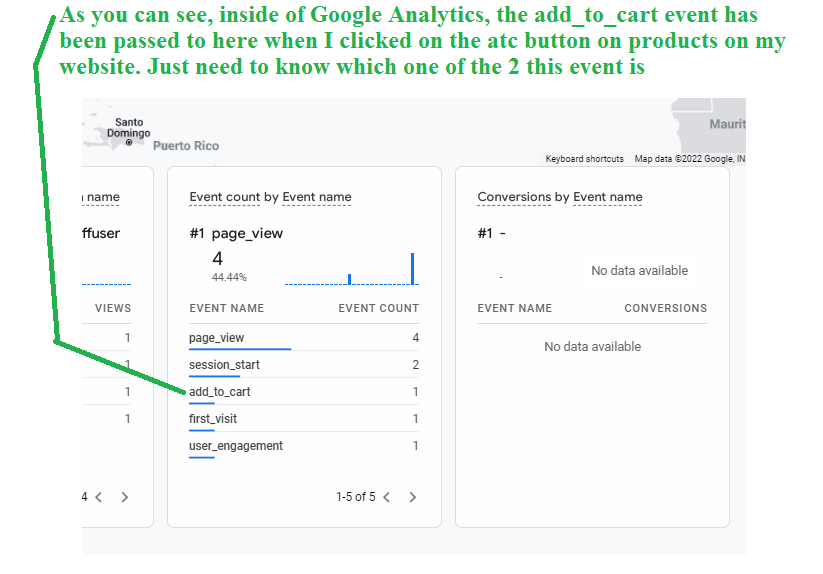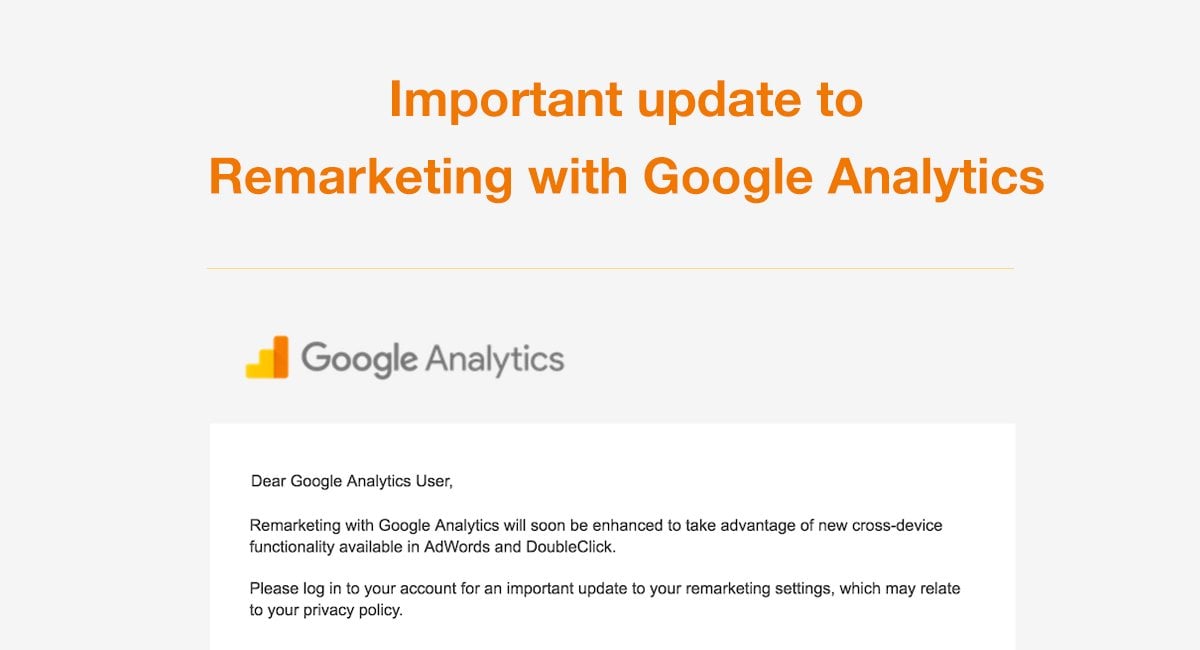Unlocking Remarketing in Google Analytics: Boost Your Conversion Rates
In the electronic landscape, leveraging remarketing capabilities within Google Analytics can dramatically impact a company's conversion prices. By sharpening in on past communications with site visitors, customized advertisements can reignite interest and drive conversions. What Is “Remarketing” In Google Analytics?. The art lies in calculated target market division and crafting engaging advertisement content that resonates with users. The real game-changer comes from thorough evaluation and constant optimization of remarketing methods. The trick to opening the complete possibility of remarketing hinges on comprehending customer actions and passions to optimize ROI.
Comprehending Remarketing in Google Analytics
Remarketing in Google Analytics is a powerful device that permits organizations to re-engage and target with users who have formerly interacted with their website or application. By using this feature, businesses can present targeted advertisements to users as they browse the internet or utilize other applications, advising them of service or products they previously watched. This calculated method helps organizations remain top-of-mind with potential consumers, boosting the possibility of conversion.
One trick element of remarketing in Google Analytics is the ability to develop personalized audience checklists based on details requirements such as web pages gone to, actions handled the site, or group info. These checklists enable organizations to tailor their remarketing projects to different sections of their audience, making certain that the appropriate message gets to the appropriate people at the right time.
Additionally, remarketing in Google Analytics gives important understandings into user actions and the effectiveness of advertising projects. By tracking user communications and conversions, businesses can refine their strategies to boost targeting and make best use of ROI. In general, recognizing the intricacies of remarketing in Google Analytics is necessary for organizations wanting to improve conversion prices and drive growth.
Establishing Remarketing Listings
When executing remarketing techniques in Google Analytics, the initial action entails producing personalized audience listings tailored to specific criteria. Next, click on the +New Target market switch and choose the type of target market you want to create, such as customers that checked out a certain page or finished a specific action. You can better fine-tune your audience by including specific problems and specifications to ensure you get to the ideal users with your remarketing projects.

Crafting Compelling Remarketing Advertisements
Crafting engaging remarketing ads includes strategically making messages that resonate with your target audience and drive them to take desired activities. Customization is essential in remarketing ads, so consider making use of vibrant advertisements that show products or services that a user has actually formerly seen on your web site.
In enhancement to customization, compelling ad copy is crucial. Consisting try this out of motivations like price cuts or limited-time deals can likewise assist raise click-through prices.
An aesthetically appealing advertisement is much more most likely to get hold of the audience's focus and drive them to revisit your internet site. By integrating personalization, convincing copy, and distinctive visuals, you can produce remarketing ads that effectively re-engage customers and boost your conversion prices.
Analyzing Remarketing Performance

Click-through rates (CTRs) show the percentage of individuals that clicked the ad after seeing it. A high CTR symbolizes that the advertisement is engaging and pertinent to customers. Conversion rates reveal the portion of customers who completed a preferred activity, such as buying or signing up for a newsletter, after clicking the ad. Assessing the expense per procurement aids in understanding the expenses incurred to obtain a customer via remarketing. Return on advertisement invest (ROAS) measures the revenue generated for each dollar invested in advertising and marketing, showing the productivity of the project. By analyzing these performance metrics, marketing see this website experts can recognize locations for renovation and improve their remarketing strategies to enhance conversion rates and overall project success.
Optimizing Remarketing Strategies

In addition, maximizing remarketing approaches includes segmenting audiences based on different criteria such as demographics, habits, and interests - What Is “Remarketing” In Google Analytics?. By developing targeted advertisements that resonate with each section, marketing professionals can enhance the possibility of re-engaging individuals and driving conversions.
Constant surveillance and optimization of remarketing projects based upon real-time information and insights are necessary for optimizing ROI and boosting conversion prices. By executing a data-driven approach and refining approaches based on efficiency metrics, marketing professionals can unlock the full capacity of remarketing in Google Analytics.
Final Thought
Finally, harnessing the power of remarketing in Google Analytics can considerably improve conversion prices by re-engaging with previous web site visitors via tailored advertisements. By producing personalized audience lists, crafting compelling advertisements, assessing efficiency metrics, and constantly optimizing techniques, businesses can optimize ROI in remarketing campaigns. This data-driven strategy guarantees that marketing initiatives are targeted and effective in driving user engagement and ultimately improving conversions.
Generally, recognizing the details of remarketing in Google Analytics is necessary for companies looking to increase conversion rates and drive growth.
You can additionally improve your audience by including specific problems and specifications to guarantee you get to the appropriate individuals with your remarketing campaigns.
By integrating personalization, convincing duplicate, and distinctive visuals, you can develop remarketing ads that efficiently re-engage users and improve your conversion rates.
By analyzing these efficiency metrics, online marketers can recognize areas for enhancement and refine their remarketing strategies to boost conversion rates and general campaign success.
In final thought, using the power of remarketing in Google Analytics can considerably improve conversion prices by check over here re-engaging with previous website visitors with tailored ads.